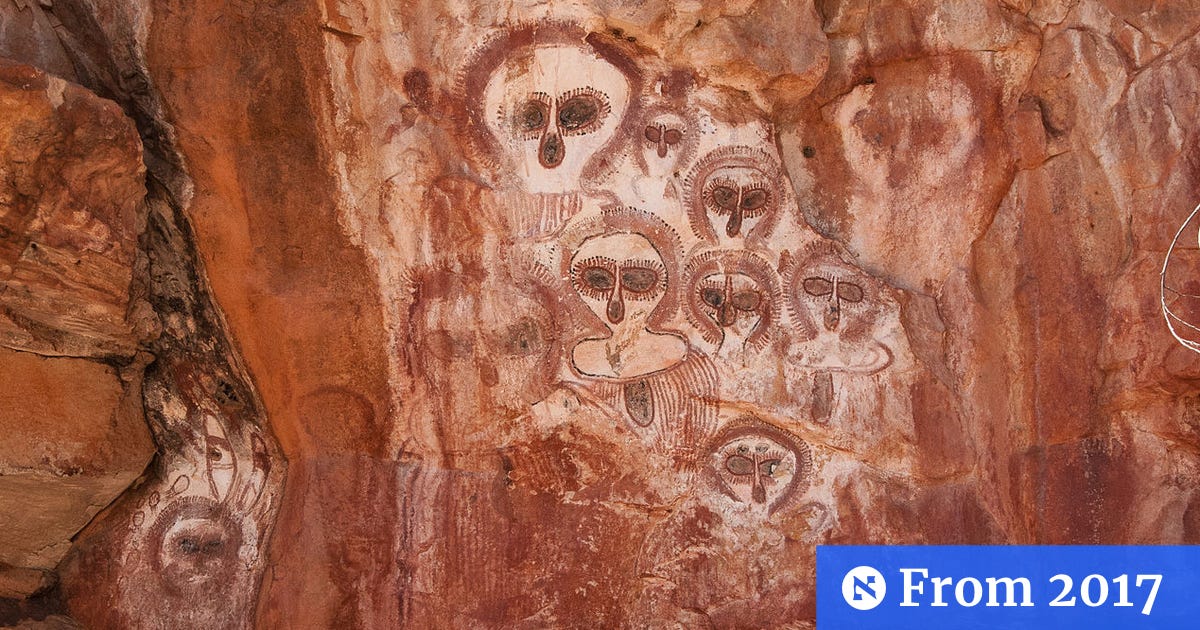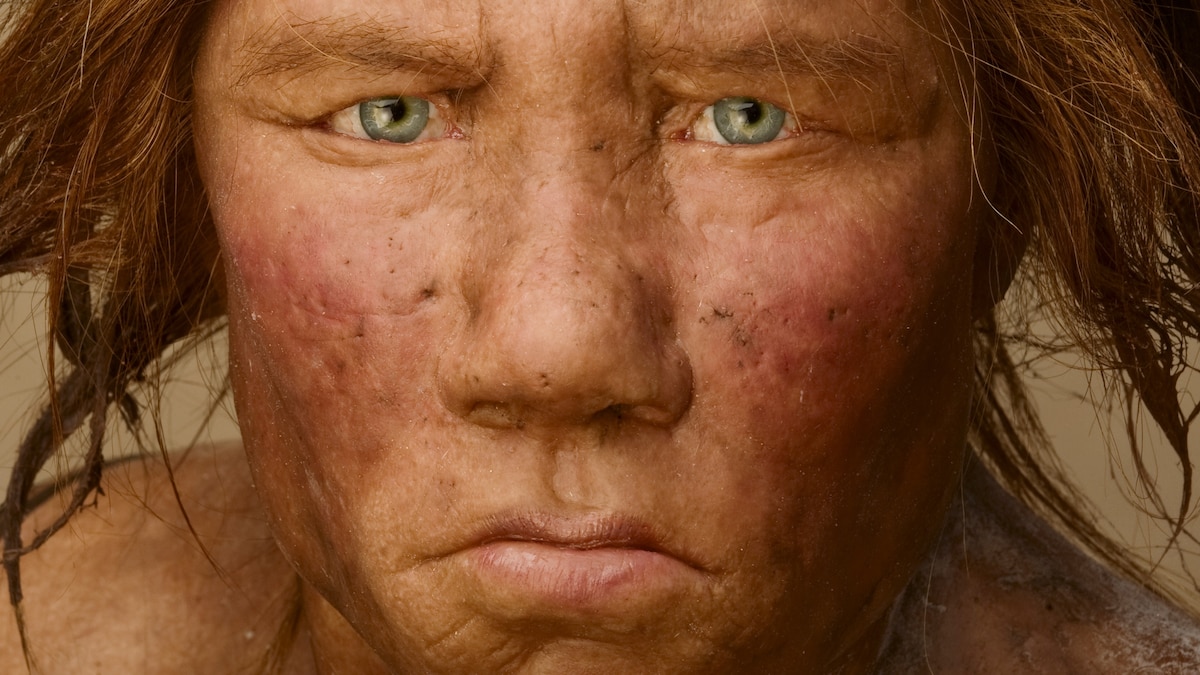In this area of human history, 50,000 Kya keep popping up often. As we know from C's

 www.haaretz.com
www.haaretz.com
- 58KYA humans are thriving on the planet ( 3 races Kantekanians, Paranthas, Native Americans ) and had inter-planetary travel capability
- 50KYA, there is a nuclear war between Kanteannians and Paranthas in India and destroyed 50% of the land.
- 50KYA, Hindu God Rama is a high priest influenced by good guys fought with lizards(aka psychopathy).
- Atlanteans created structures on Mars 50KYA.
- As per Main stream sources, 50 KYA Denisovans moved to Australia.

Most people move around, the Australian aborigines stayed put for 50,000 years
Analysis of hair shows each group stayed continuously present in its same regions of Australia since their arrival 50,000 years ago.
The forefathers of the aborigines reached Australia around 50,000 years ago, scattered around the continent's coasts for about 1,500 to 2,000 years and then, having settled down wherever they settled down, they didn't budge for the next 50,000 years, a genetic study published in Nature today indicates.
It seems that once they settled down, by and large, the aborigine groups did not mix. So while the aborigines may boast the most ancient civilization on earth, it isn't a consistent one. One upshot of their geographical consistency is that over the last 50,000 years, the different groups of aborigines grew extremely diverse, genetically, physically and in language and culture too, Prof. Alan Cooper of the University of Adelaide told Haaretz.
Each group in its area would have wandered about a bit, as they were nomadic hunter-gatherers. But they evidently didn't wander far enough for the groups to meet and mix, Cooper says. (In fact it was the transition from a hunting-gathering lifestyle to modern western habits that is believed responsible for their sudden increase in obesity and heart disease – anecdotally, before the advent of westernization in Australia, the aborigines had been lean and fit.)
The Denisovan signal
The researchers analyzed mitochondrial DNA, which originates from the mother, taken from 111 hair samples collected across Australia from 1928 to the 1970s.
The analysis showed that like all known human populations today, the aboriginal Australians descended from the Homo sapiens group that left Africa about 60,000 years ago. A group of them crossed into Asia and from them, a single founding population arrived in Australia 50,000 years ago, back when Australia was still connected to New Guinea, says the team.
This group split, moving around the east and west coasts of Australia, says the team.
"Amazingly, it seems that from around this time the basic population patterns persisted for the next 50,000 years - showing that communities have remained in discrete geographical regions," Cooper stated, adding, "This is unlike people anywhere else in the world."
Probably true, though being sedentary is definitely not the exclusive fief of the original Australians. In 1997 one Adrian Targett, a history teacher in the English village of Cheddar, Somerset, learned that he is a direct matrilineal descendent of a 9,000-year old skeleton found in a cave right there. So there was another family that didn't get about much.
Getting back to the Australian aborigines, separate research has shown that they have roughly the same Neanderthal DNA component as non-Africans, which indicates they split off after at least the first interbreeding between the two species. (All populations tested so far except for Africans have tested positive for Neanderthal DNA, to some degree.)
In addition, previous research has shown that the aborigines, and population of New Guinea, have a very high proportion of Denisovan DNA. They have between 2% to 3%, well above the proportion found in other human populations.
The question is where they picked it up, Cooper points out – "Outside Australia, presumably, but it must have been close by, because the amount of Denisovan DNA that they have, 2% to 3%, suggests the hybridization was not that far back in time."
And that in turn supports the theory that the Denisovan hominin species was widely spread in Asia, though so far their remains have only been found in the Altai Mountains in Siberia, and very few remains at that.
The most logical place for the ancestors of the aborigines to have mixed with Denisovans is south east Asia, Cooper suggests. The traces of Denisovan genes found in the aborigines shows they're not the same Denisovans as were found in the Altai Mountains.
"Perhaps we're looking at two extremes of the Denisovans," Cooper speculates. "Or the or Denisovans could be more complex than we thought."
Or maybe that genetic signal is something else entirely. Earlier this month, speculation exploded about two hominin crania at least 105,000 years old that had been found in central China, which appear to have traits of homo sapiens, archaic hominins and Neanderthals. Some have speculated the beings were Denisovans. Others think the crania attest simply that the diversification of human species is something of an artifact, and they may have mixed more than assumed during the late Pleistocene era.
Adding to the mystery of our origin, a study done in India in 2016 to detect the migration of hominins in Asia through genetics concluded that the ancestors of Andaman islanders interbred with an unknown human species – not Neanderthal or Denisovan but something else. No remains of it have been identified yet, though. The Andamans aren't exactly next door to Australia, so there's no reason to think this mystery man is also tied with the original aborigines. But the signs are multiplying that the history of man may be a lot naughtier than we had thought.



